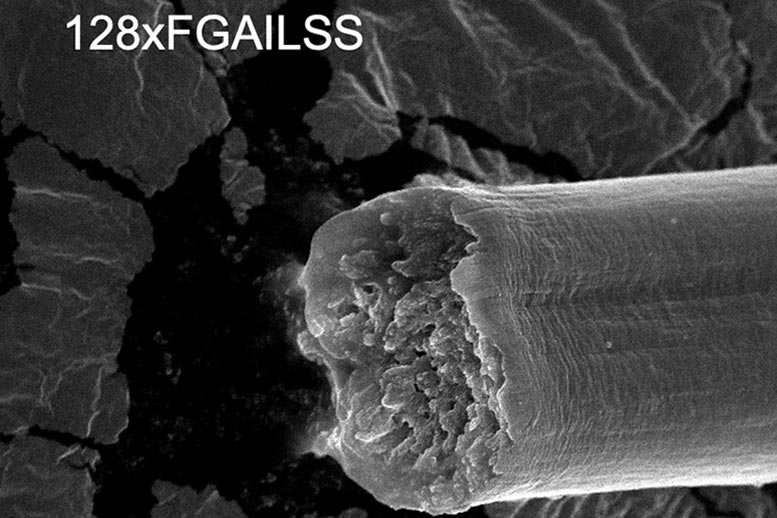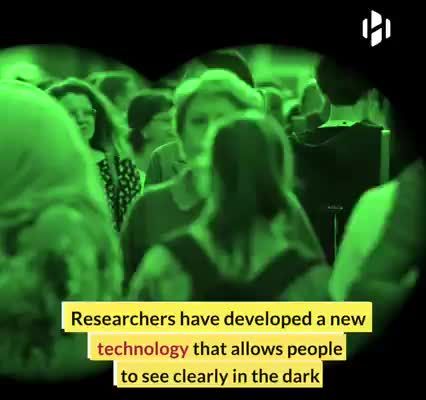
Solar sails have been receiving a lot of attention lately. In part that is due to a series of high profile missions that have successfully proven the concept. It’s also in part due to the high profile Breakthrough Starshot project, which is designing a solar sail powered mission to reach Alpha Centauri. But this versatile third propulsion system isn’t only useful for far flung adventures – it has advantages closer to home as well. A new paper by engineers at UCLA defines what those advantages are, and how we might be able to best utilize them.
The literal driving force behind some solar sail projects are lasers. These concentrated beams of light are perfect to provide a pushing force against a solar sail. However, they are also useful as weapons if scaled up too much, vaporizing anything in its path. As such, one of the main design constraints for solar sail systems is around materials that can withstand a high power laser blast, yet still be light enough to not burden the craft it is attached to with extra weight.
For the missions that graduate student Ho-Ting Tung and Dr. Artur Davoyan of UCLA’s Mechanical Engineering Department envision that weight is miniscule. They expect any sailing spacecraft to weigh less than 100 grams. That 100 grams would include a sail array that measures up to 10 cm square.
















